Source vs. System Efficiency
Which reflects the amount of light produced by the source divided by the power required to operate it. Some LEDs and HID sources, such as high pressure sodium (HPS) and metal halide (MH) appear very efficient (e.g., 100 lumens/watt or higher) when one focuses solely on source efficiency. However, source efficiency does not accurately reflect how much light is actually delivered from the light source to the target area, such as a street or a parking lot.
System efficiency is measured with the lamp installed in a luminaire. It is based on how many lumens actually reach the target area, not simply how many lumens are emitted from the lamp. System efficiency is always lower than source efficiency due to four primary sources of light and power loss when a lamp is installed in a luminaire:
• Trapped Light – Traditional light bulbs, which emit light in all directions, require reflectors inside the luminaires to “bounce” as much light as possible away from the lamp and fixture components to the target area. However, not all light can be effectively redirected. Typically, 40% or more of the light emitted from the lamp is trapped within the luminaire and does not reach the target area.
• Protective Covers and Lenses –  Luminaires almost always use some sort of secondary optics (such as tempered glass or acrylic) to help focus or redirect light, and to protect the lamps or LEDs from the environment. These materials do not allow light to pass with 100% efficiency, so system efficiency is reduced.
Luminaires almost always use some sort of secondary optics (such as tempered glass or acrylic) to help focus or redirect light, and to protect the lamps or LEDs from the environment. These materials do not allow light to pass with 100% efficiency, so system efficiency is reduced.
• Operating Temperature – Many light sources become less effective as operating temperatures change. Because source efficiency is measured at a standard 25°C (or about 77°F), the actual operating efficiency under a range of outdoor temperatures may be significantly different. For example, LED lumen output in a typical operating environment where LED junction temperature (TJ ) is very high (e.g., TJ = 75°C) can be 10-15% lower than lumen levels published by LED manufacturers, which are typically measured at TJ = 25°C.
• Power Supplies – Most light sources require a ballast or driver to convert line power into a form which can be used by the lamp. These losses can vary from 5-25%, depending on the power supply used. This also results in lower system efficiency.
When considering all of the factors that affect system efficiency, LEDs provide a clear advantage over HID lamps. Below is a summary comparison:
• HID lamp: Source efficiency is typically 120 lumens/watt or higher. However, losses from trapped light, protective covers and lenses, inefficient ballasts and unfavorable operating temperature typically result in a measured system efficiency of 30 lumens/watt or less.
• LEDs: Source efficiency can be 100 lumens/watt or higher, depending on the type and manufacturer of the LED used. There are no losses from trapped light due to the focused output of the LED, and secondary optics and protective covers generally reduce output by only 25% or less. LED power drivers are also more generally efficient than HID ballasts, and reduce system efficiency by 10-15%. However, even when efficiency reductions due to high operating temperatures are included, LED system efficiency often remains above 50 lumens/watt or higher.
Lumen Depreciation & Useful Life
A second important factor involved in comparing the efficiency of LEDs to traditional lamp sources is accounting for the lumen depreciation of both sources. HID sources, especially metal halide, suffer from substantial lumen depreciation over relatively short periods: The useful life of LEDs is typically defined as the operating time prior to 30% lumen depreciation, or 70% lumen maintenance (L70). This level of LED lumen depreciation has been widely adopted as the standard for useful life since a 30% decline in lumen levels is not easily detectable by most people. Although the time required to reach L70 lumen levels is directly related to the typical TJ, LED life expectancy can be 50,000—10 0,000 hours or more if TJ remains low. This means that you can enjoy higher LED system efficiency for many more years than traditional sources, and postpone costly maintenance required to change dim or failed traditional lamps.
depreciation has been widely adopted as the standard for useful life since a 30% decline in lumen levels is not easily detectable by most people. Although the time required to reach L70 lumen levels is directly related to the typical TJ, LED life expectancy can be 50,000—10 0,000 hours or more if TJ remains low. This means that you can enjoy higher LED system efficiency for many more years than traditional sources, and postpone costly maintenance required to change dim or failed traditional lamps.
